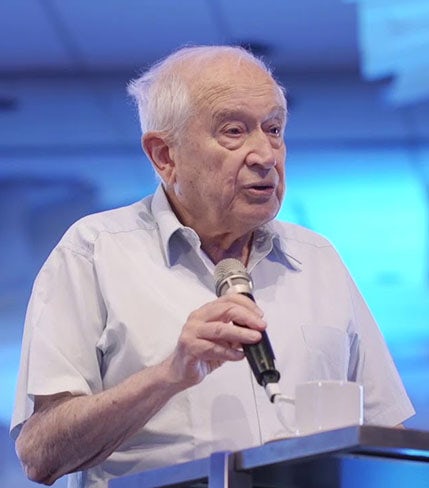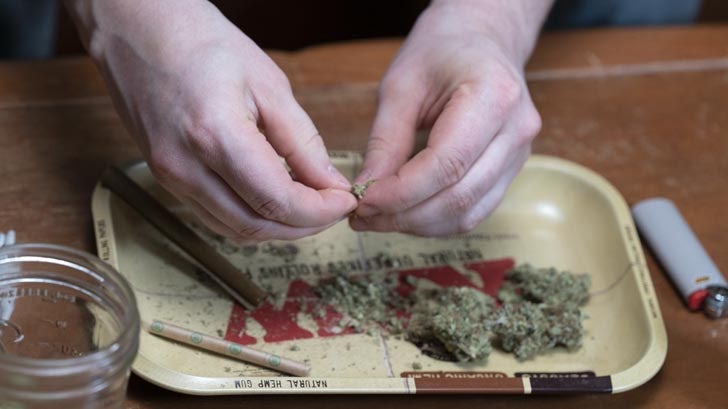
Fears about a spike in youth marijuana use after legalization may be exaggerated, according to a study published this month.
The study, which took place in Uruguay, found “no evidence of an impact on cannabis use or the perceived risk of use.”
In December 2013, Uruguay became the first country in the world to legalize recreational cannabis use. Cannabis can only be legally sold in pharmacies and the level of THC — 9% — is lower than what dispensary customers in the US or Canada may be used to. The law also allows citizens to grow up to six plants at their home.
The Uruguay study looked at biennial self-reported survey data from students aged 12-21 in Montevideo and several other regions of the country from 2014-2018, both before and after legalization. They compared these findings to a control population in neighboring Chile, which does not have a legal cannabis program.
The testing looked at reported past year, past month, and frequent cannabis use (10 days or more in the past month) and found “no meaningful difference” in reported cannabis use between the Uruguayan students post legalization and their counterparts in Chile. They estimated a 3% difference in past year cannabis use, 2% difference in past month use, and a -2% difference in prevalence of frequent cannabis use, but they stated that these differences were not statistically meaningful.

The authors also clarify that pharmacy access — by far the most popular point of access for marijuana — only became legal in the summer of 2017, and this may have had an effect on the results.
Use may stay the same, but what about abuse?
The findings are consistent with those of a 2018 systematic review of 11 studies that deal with the effect of US medical marijuana law on the prevalence of past-month marijuana use among adolescents. That review found that “the current evidence does not support the hypothesis that US medical marijuana laws until 2014 have led to increases in adolescent marijuana use prevalence.”
However, a study from late 2019 found that Cannabis Use Disorder increased from 2.18% to 2.72% among 12-17 year olds from 2008-2016 in states that legalized recreational marijuana.
Government control may make a difference
The authors of the Uruguayan study posit that their results may have something to do with the fact that the cannabis program in Uruguay is run on a non-commercial regulatory model, in which the government controls all large-scale production, regulates patient purchases, and prohibits advertising.
The researchers stated that “our study provides preliminary evidence that this type of non-commercial model of national cannabis legalization may not lead to an increase in adolescent cannabis use in the short term.”
The researchers did find that after legalization, there was an increase in student perception of cannabis availability (58% in Uruguay vs 51% in the control population) post legalization.
Sign up for bi-weekly updates, packed full of cannabis education, recipes, and tips. Your inbox will love it.

 Shop
Shop Support
Support
















